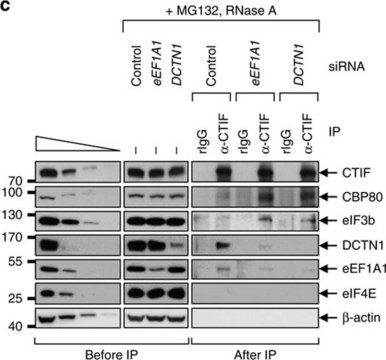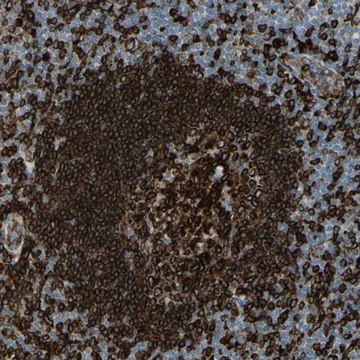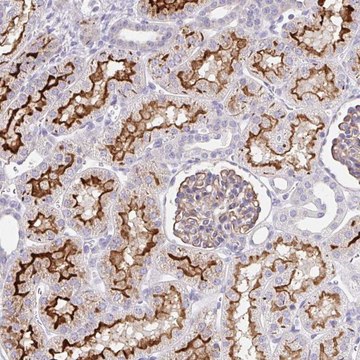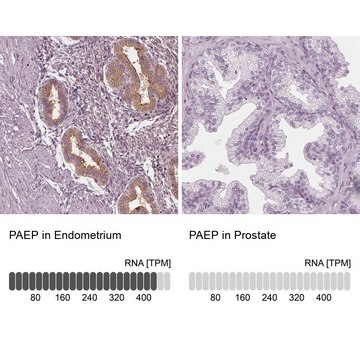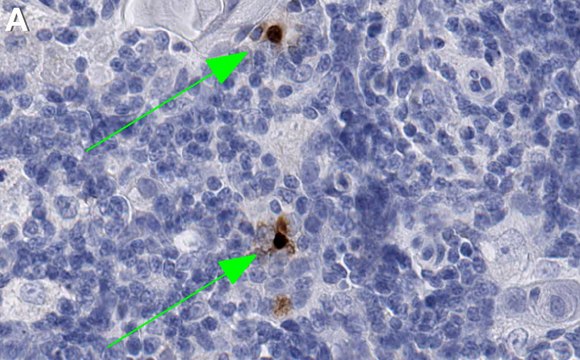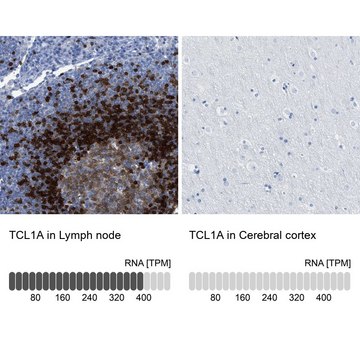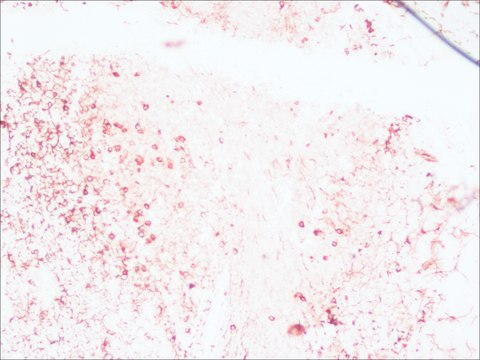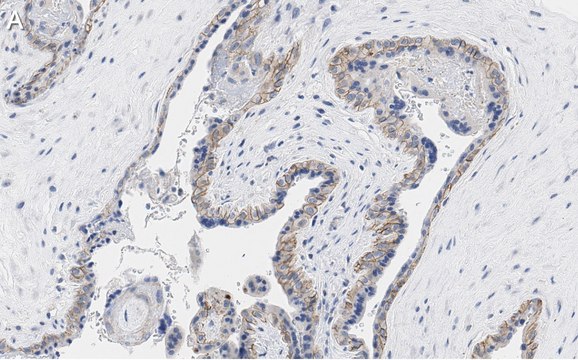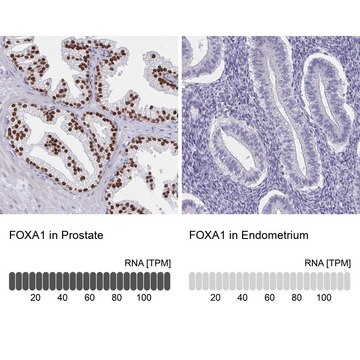SAB4200657
Monoclonal Anti-EEF1A1 antibody produced in mouse
clone EF48, purified from hybridoma cell culture
Recommended Products
biological source
mouse
Quality Level
antibody form
purified immunoglobulin
antibody product type
primary antibodies
clone
EF48
form
buffered aqueous solution
species reactivity
bovine, mouse, rat, human, monkey, canine
concentration
~1 mg/mL
technique(s)
immunoblotting: 1-2 μg/mL using whole extracts of HEK-293T cells.
immunofluorescence: 0.5-1 μg/mL using SW-620 cells.
isotype
IgG2b
UniProt accession no.
shipped in
dry ice
storage temp.
−20°C
target post-translational modification
unmodified
Gene Information
human ... EEF1A1(1915)
mouse ... Eef1a1(13627)
rat ... Eef1a1(171361)
Related Categories
General description
Immunogen
Application
Biochem/physiol Actions
Physical form
Disclaimer
WGK
WGK 1
Flash Point(F)
Not applicable
Flash Point(C)
Not applicable
Regulatory Information
Certificates of Analysis (COA)
Search for Certificates of Analysis (COA) by entering the products Lot/Batch Number. Lot and Batch Numbers can be found on a product’s label following the words ‘Lot’ or ‘Batch’.
Already Own This Product?
Find documentation for the products that you have recently purchased in the Document Library.
Our team of scientists has experience in all areas of research including Life Science, Material Science, Chemical Synthesis, Chromatography, Analytical and many others.
Contact Technical Service